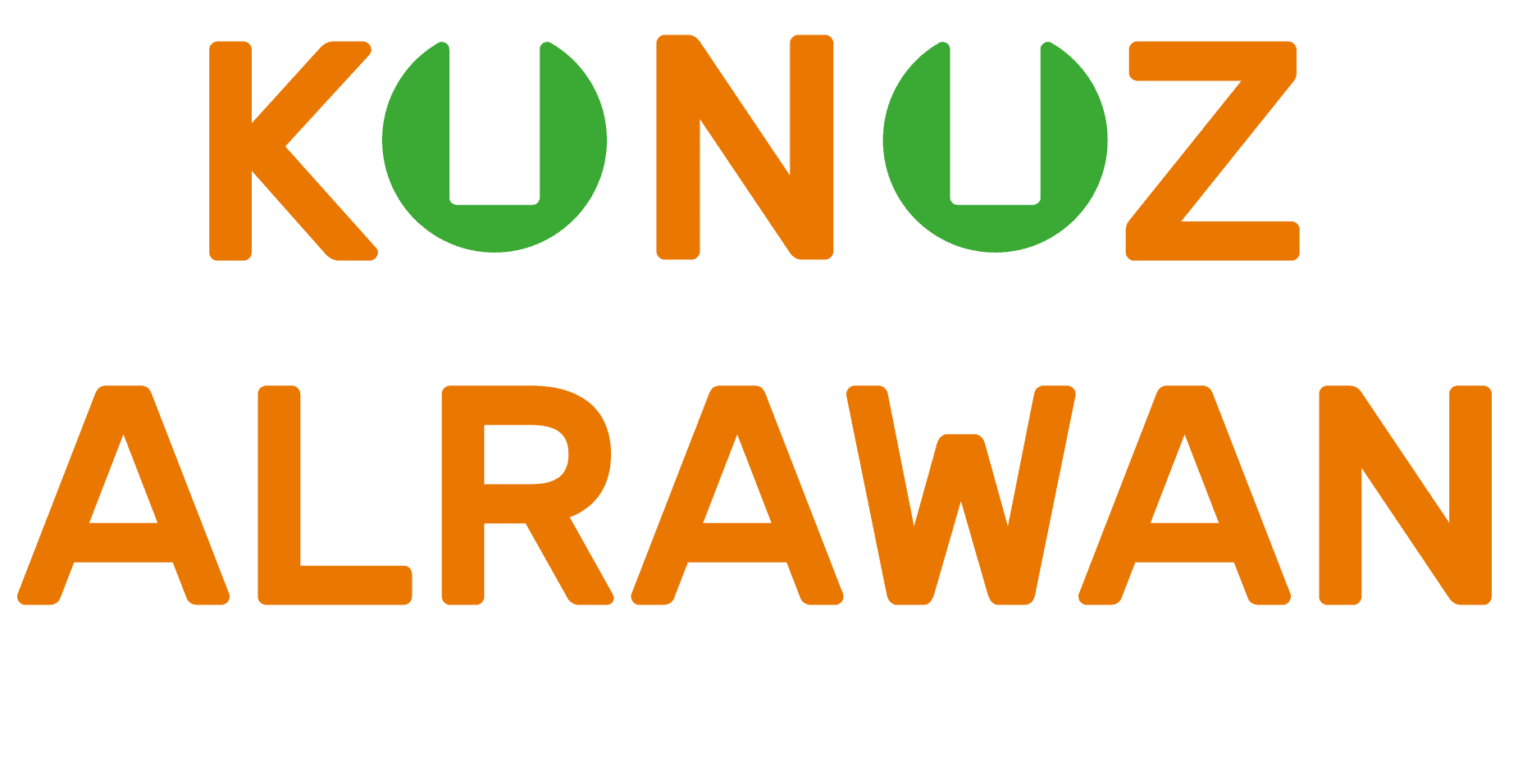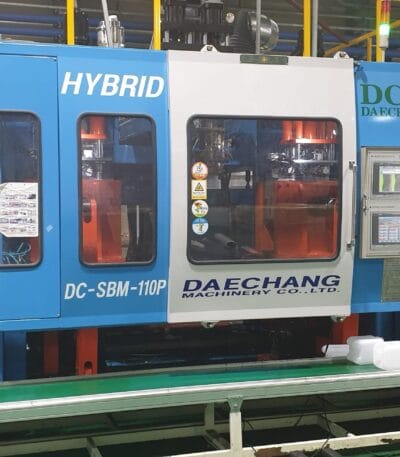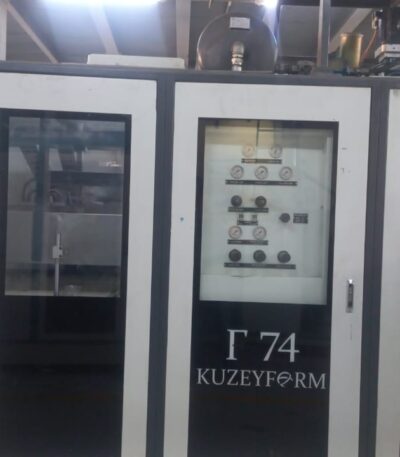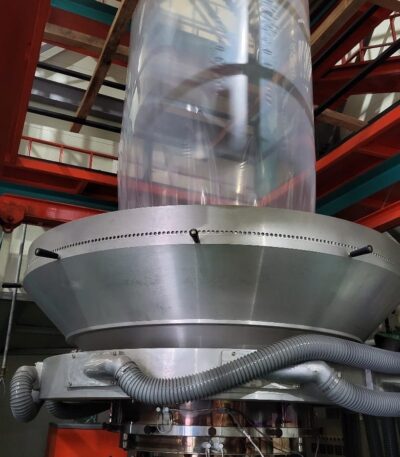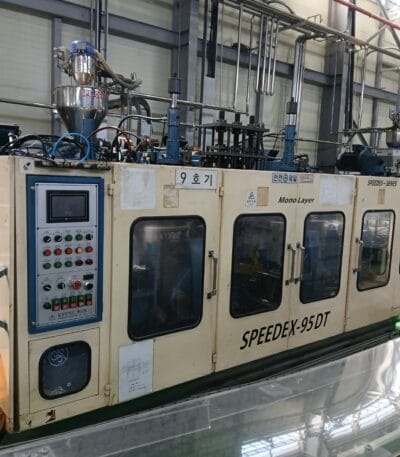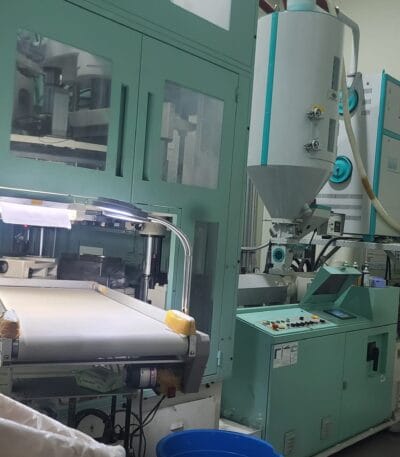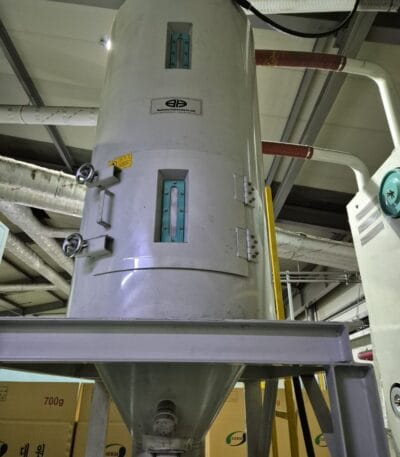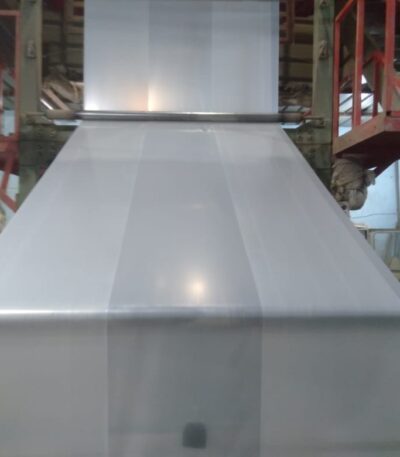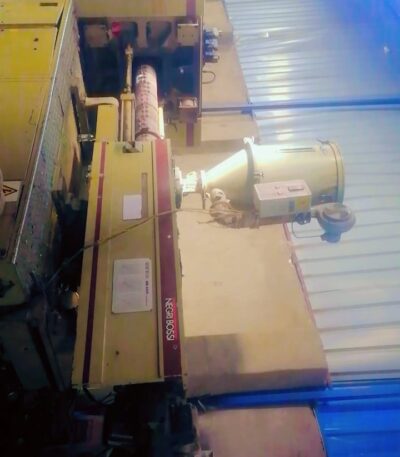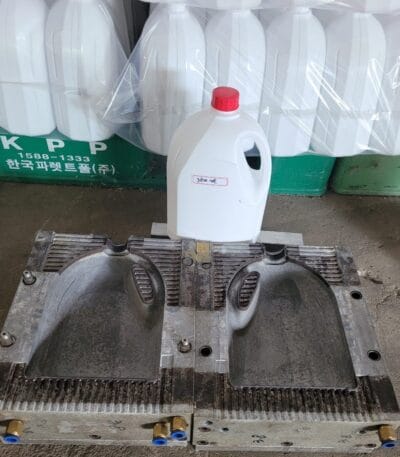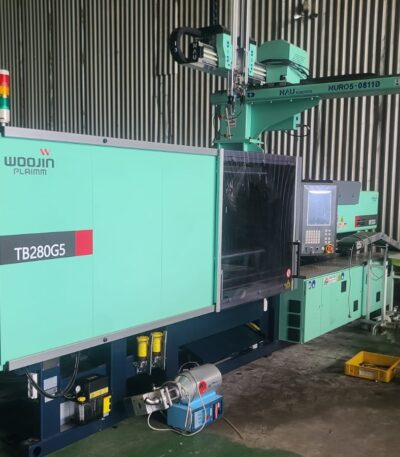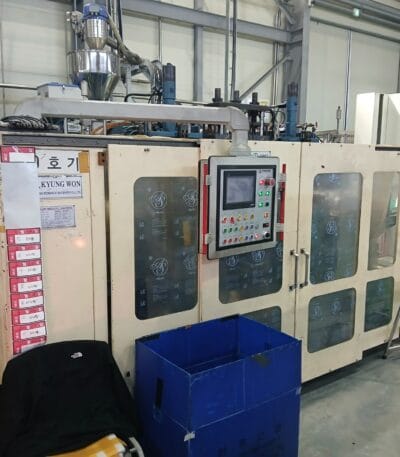Filter by price
Stock status
عرض 1–12 من أصل 18 نتيجة
24-hole thermoforming plastic cup making machine
Equipment information:
Machine name: 24-hole thermoforming plastic cup making machine
Description: 24-hole thermoforming plastic cup making machine from the Turkish company Kuzey.
Category: Other Equipment
Thermoforming cups manufacturing
Country: Egypt
Machine origin: Türkiye
Model: KG/F74
Year of manufacture: 2016
Complete factory
Machine name: 3 Plastic Film Manufacturing Machine
Description: Complete factory for producing plastic rolls and bags — 3 extrusion machines
Printer
Mixer and dryer
Cutter
Forklift for loading
Stitching machine for recycling scrap
Category: Other equipment
Country: Egypt
Machine origin: China
Model: 2020
Year of manufacture: 2020
INJECTION MACHINE
Equipment information:
Machine name: Injection machine
Description: Italian injection machine, Negroposi type, 1993 model, in excellent condition, experience is the best proof, between columns 71 x 71, filament size 85 mm. The machine has a 100 kg dryer.
Category: Injection Machines
Country: Egypt
Machine origin: Italian
Model: Najarbousi
Year of manufacture: 1993
INJECTION MOLDING
1,00 EGP280ton injection molding machine with robotics,
Brand: Woojin
Year: 2022
Great, you’re describing a 280-ton injection molding machine with robotics by Woojin, year 2022. Here’s a concise overview to help you assess or specify the model, typical capabilities, and a checklist for verification or procurement.
Quick profile
- Brand: Woojin
- Model class: 280-ton horizontal injection molding machine (likely two-platen or toggle/crank design depending on exact line)
- Year: 2022
- Automation: Integrated robotics option (pick-and-place robot, typically inline with part removal, post-mold operations, or secondary assembly)
- Common configurations:
- Clamp force: 280 tons
- Shot size: varies by resin; typically ~115–230 g for standard polymers (PP, PS, PET, ABS, PC blends). Exact shot size depends on mold design and screw diameter. Robot options: Cartesian or Articulated robots, part grasping styles, servo-controlled or servo-driven axes, end-of-arm tooling (EOAT) tailored to part geometry.
What to verify / questions to answer
- Model and tooling specifics:
- Exact model number (Woojin line often uses abbreviations like WJ-280, SLR-…; confirm from nameplate or model tag).
- Screw diameter and L/D ratio (affects shot size and plasticizing capacity).
- Mold protection and safety features (guarding, interlocks, safe operating procedures).
- Robot details:
- Robot type and reach (e.g., Cartesian vs. 6-axis articulated).
- Payload capacity and speed (gripper open/close times, cycle time impact).
- End-of-arm tooling (EOAT) compatibility and current tooling in use.
- Integration with machine control (ISO 13849 safety, PLC/HMI compatibility).
- Performance and specifications:
- Maximum injection pressure and backpressure settings.
- Injection speed and cure/dwell times.
- Cooling channel options and cycle time targets for your typical parts.
- Power requirements and hydraulic or electric drive specifics (all-electric, hydraulic, or hybrid).
- Mold and process considerations:
- Typical minimum/maximum shot size for your target resin.
- Nozzle temperature control and platen size, stroke, and tie-bar spacing.
- Mold clamping force distribution and parallelism checks.
- Maintenance and service:
- Availability of Woojin parts and service network in your region.
- Maintenance plan for both the machine and the robot (lubrication, filter changes, servo kinestics).
- Firmware/software version on the control system and robot controller.
- Electrical & controls:
- Control system brand/version (e.g., Woojin CH series, or third-party CNC/HMI).
- Communication interfaces (Ethernet/IP, Profinet, EtherCAT) for integration with factory PLC/robotics.
- Safety features: light curtains, pressure safety, emergency stops, reset procedures.
- Automation integration:
- Sensor integration for part detection, stack lights, part quality feedback.
- Data logging capabilities (cycle time, clamp force, shot size, robot cycle times) for OEE/6S.
Typical performance targets (illustrative)
- Cycle time: Depending on part complexity, gate freeze, and robot handling, a 280-ton machine with robot might target cycle times in the range of 15–45 seconds for typical mid-size parts.
- Utilization: Automated part removal can increase line throughput by 20–40% compared to manual handling, depending on part geometry and robot capability.
- Quality consistency: Reproducible shot size and consistent sealing due to precise servo/hydraulic control and robot repeatability.
Next steps
If you’re considering this machine (buying, selling, or upgrading), please share:
- The exact model code or a photo of the nameplate.
- Resin type and typical part dimensions.
- Desired cycle time and production quantity.
- Your region for service/support considerations.
With those details, I can tailor a more precise spec sheet, a checklist for inspection before purchase, and a sample acceptance test plan (IQ/OQ/PQ) for commissioning the Woojin 280-ton with robotics.
